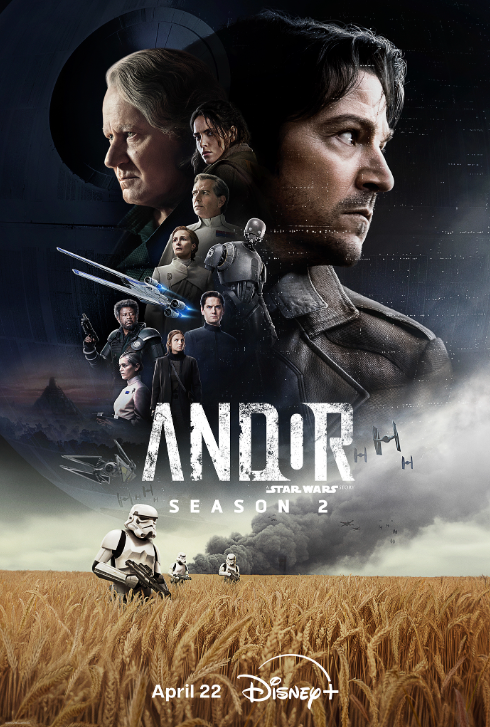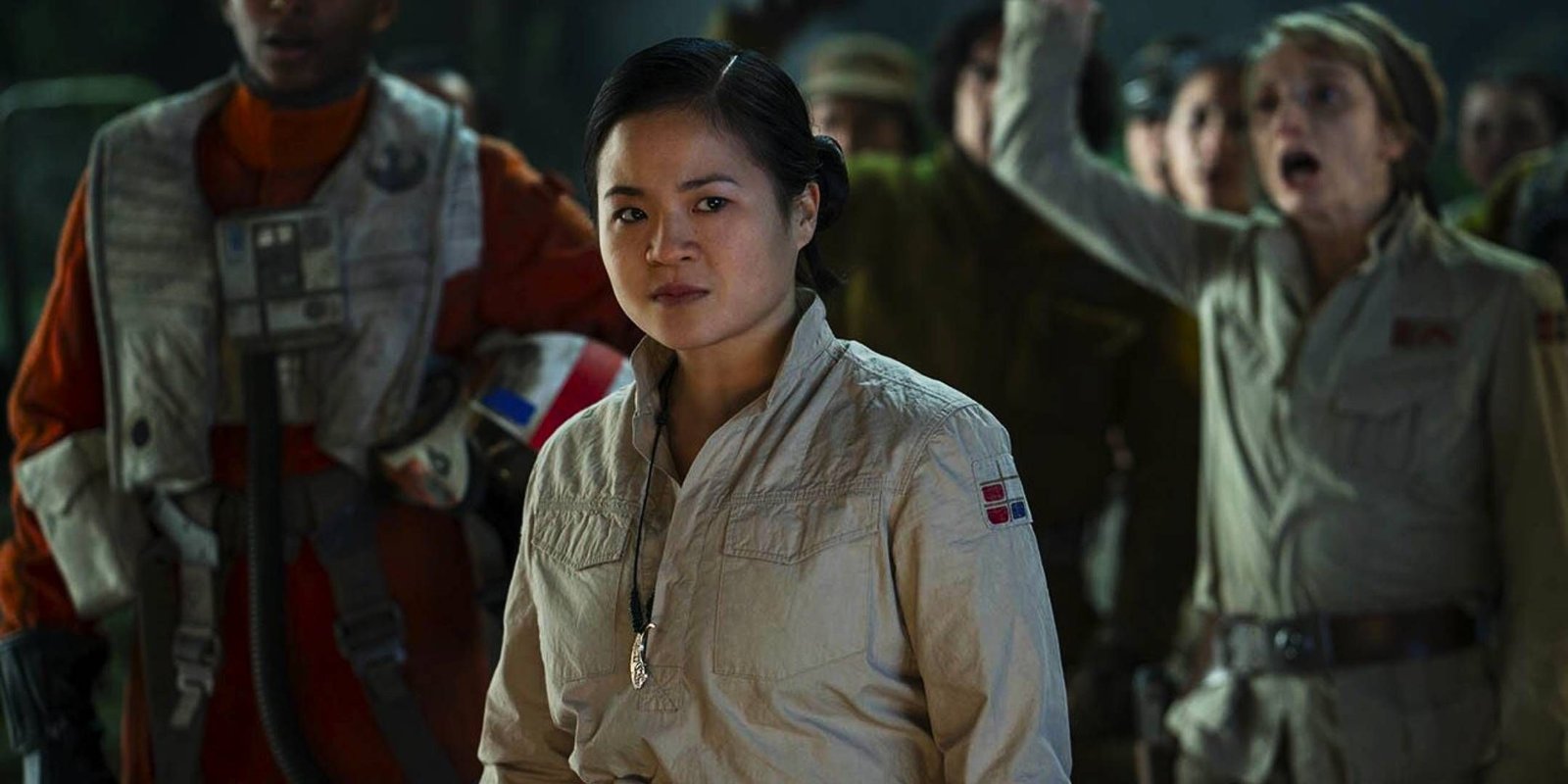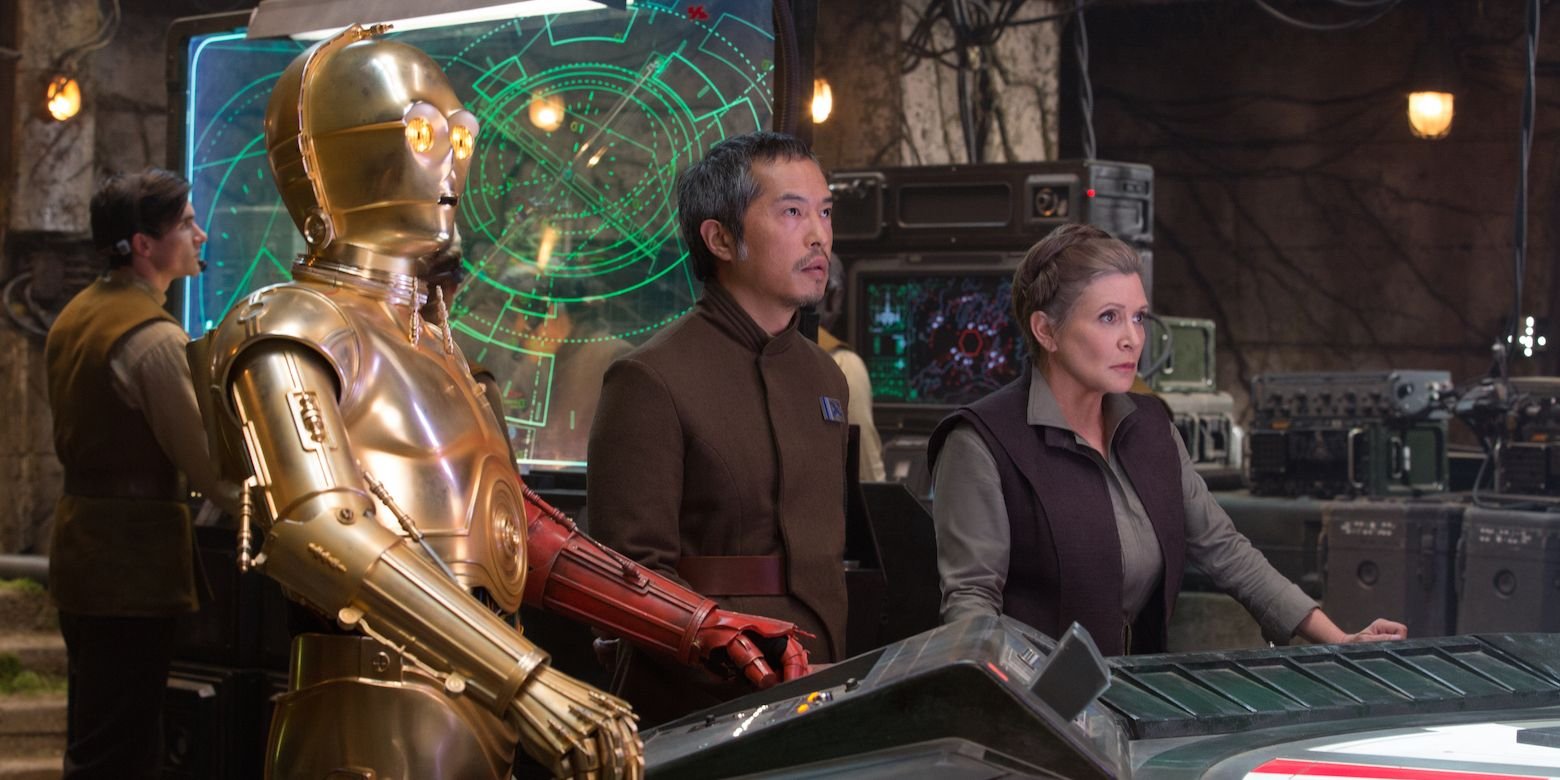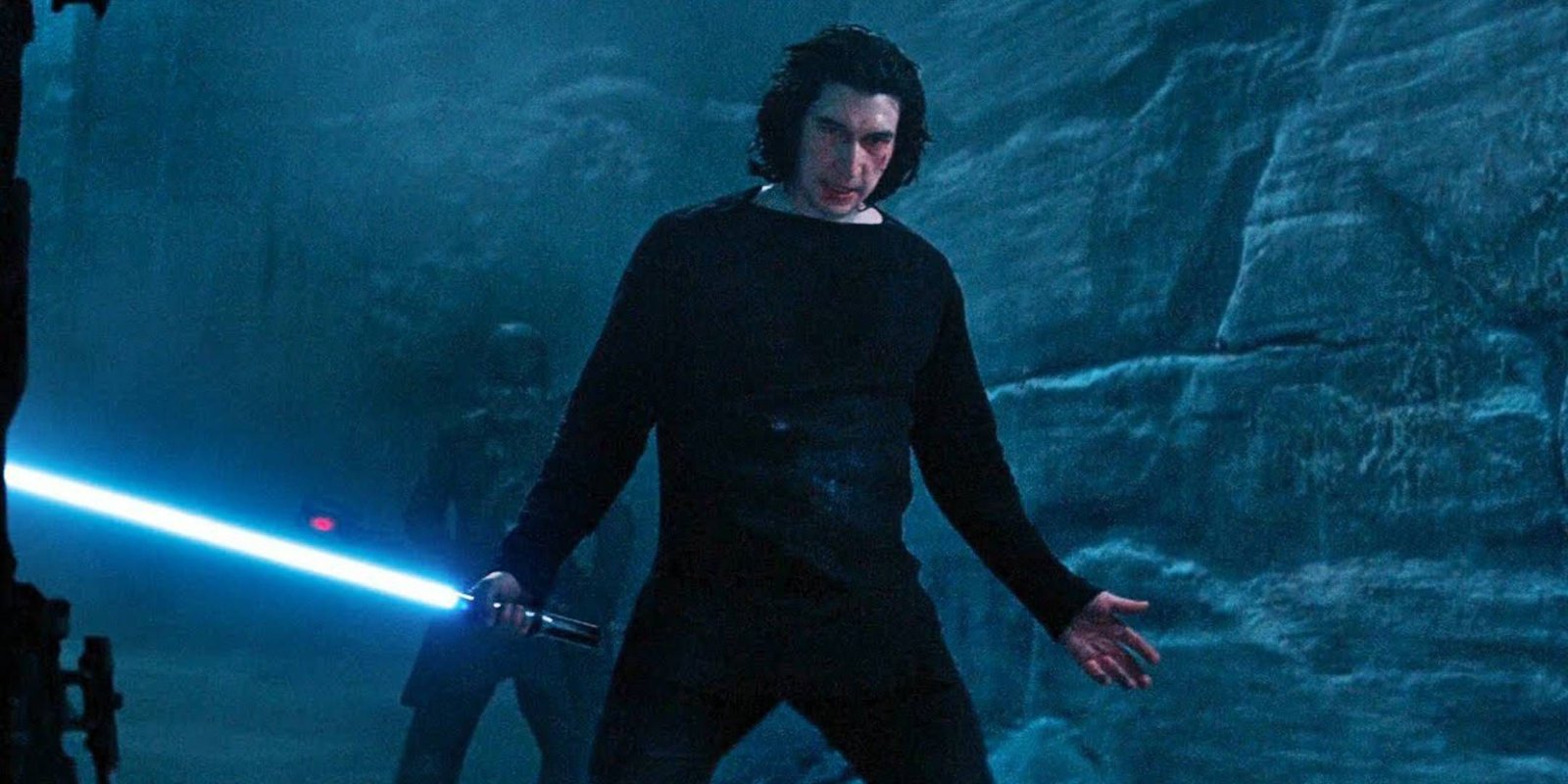Andor has reignited my passion for Star Wars, reminding me why I was so enamoured with this intergalactic tale of scrappy underdogs triumphing over the impossibly powerful Empire in the first place, but now I’m not sure where to aim that passion. Certainly not at Dave Filoni’s shows, which are more interested in slamming action figures together than drilling into the heart of the franchise. I’m not even sure rewatching the movies will fill the aching void that Andor leaves behind.
There’s nothing like it, and while some fans are channelling the spirit of Filoni and calling for Luthen prequels, Bix sequels, and everything in-between, desperately clawing at scraps to keep Tony Gilroy’s slice of Star Wars alive, I know that’s not the answer. Their story ended with their sacrifices, and to unravel them further would only shrink this universe more than it already has been.
As Nemik says in their poignant manifesto: “The frontier of the Rebellion is everywhere.” We don’t need to look inward at Andor’s world and unearth every little detail, filling the year-long gaps until there’s nothing left but an extensive Wookieepedia page. We need to look ahead and pick apart the stories of resistance taking place elsewhere: namely, the sandy shores of the sequel trilogy.
Three Movies Later, I Still Don’t Know Who The Resistance Are
Not to beat a dead tauntaun, but the Disney-era movies are a vapid mimicry of the originals, right down to Palpatine’s apprentice — a Skywalker, no less — betraying them in a final moment of redemption. There’s nothing original, leaving us with a shallow era filled with even shallower characters. But it doesn’t need to be that way.
Rogue One and A New Hope, already among the best Star Wars entries, feel even fuller thanks to Andor, which has made the urgency of the Rebellion even more pertinent. It did that by taking a minor character nobody would think to build a show around and framing the world through their eyes, letting us bear witness not just to the flashy heroics, but the grit and self-sacrifice driving the movement forward. Imagine what a similar show could do for the sequels, which desperately need depth to bring to life their paper-thin struggle.
I’m condemned to use the tools of my enemy to defeat them. I burn my decency for someone else’s future.
Disney teeters on the edge in The Mandalorian and Ahsoka with post-Return of the Jedi stories, but always stops short of the New Republic’s collapse, as though it’s almost afraid to step foot on the unhallowed ground of its most controversial movies. I don’t know who the Resistance are, I don’t know why they fight, I don’t know what loss is burned into the foundations of their resilience. Right now, they’re little more than a shadow of the Rebellion.
All it would take is a laser focus on a minor character to finally feel at home in the ramshackle hideouts of those on the fringes fighting for democracy. And there’s more than enough narrative potential to make it feel as fresh as Andor did, even if it retreads similar beats.
The Resistance Has So Much Untapped Potential
Key leaders of the Resistance didn’t just bear witness to the collapse of the Empire, they fought in the trenches to make it happen. Andor already showed us the dejected and disillusioned, those who felt that the crushing weight of the Empire was too much to push back against.
Yet it also showed us leaders like Bail Organa and Mon Mothma, who were able to rally and inspire the masses, bringing hope to the hopeless, speaking truth to power while tearing it down in secrecy. But what do the survivors, who miraculously defeated Emperor Palpatine and Darth Vader, and who rebuilt the Republic over the ruins of the Galactic Empire, only to watch it collapse again mere years later, look like?
It’s easy to imagine the rise of the First Order leaving the galaxy in complete despair, not out of fear that the new empire is too strong to resist (they’ve learned by now that’s not true), but out of sheer numbness — what’s the point if it’ll all come tumbling down again soon enough? Who inspires them?
The sequel trilogy might be little more than a retelling of the original, but that can be layered into the narrative far more than the movies ever allowed room for. The horror that the rebels who tore down Palpatine’s regime must feel watching the shadow of fascism cast itself over the galaxy once again, ripping away the future that so many died fighting for — including Andor and Jyn Erso — is a heart-rending foundation to build from. It’s already bittersweet as a viewer listening to Luthen mourn that he’s burning his life for a sunrise he’ll never see when we know what’s coming. Now imagine those lucky few who did get to see it, forced to fight for it all over again.
I want more Andor, but in the world of modern Star Wars, that’s all too often misconstrued as wanting more of its characters, narrowing in on everyone’s backstory with comics, novels, and more TV shows. That’s the lesson Disney takes from its success stories — when I say I want more Andor, I mean the spirit of Andor. The unshaking willingness to pull back the curtain on fascism, and the hardships that those resisting it might go through; the slice of life of someone toiling away under the Empire; the desperation just to survive, to be content. That’s what made Andor special.
I’d love to care about the sequels as much as I do everything else in Star Wars, and I know a show like Andor could ignite that passion, making me as invested in the tribulations of the Resistance as much as I am in the Rebellion. I hope that’s the lesson Disney takes: we don’t want cameos and shiny keys, we want heartfelt stories that mean something.

Andor
- Release Date
-
September 21, 2022
- Network
-
Disney+
- Showrunner
-
Tony Gilroy
- Directors
-
Susanna White
- Writers
-
Dan Gilroy


